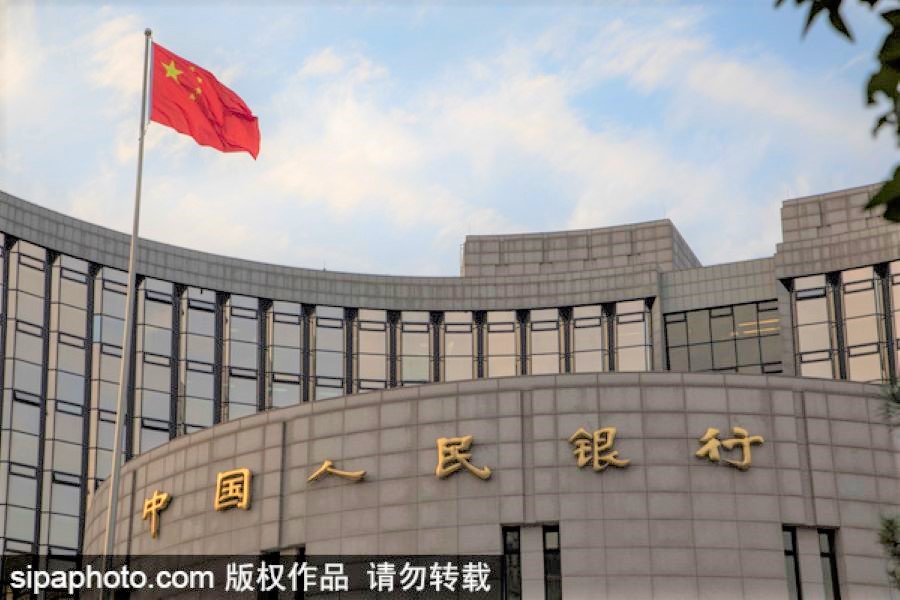New bank loans rise to 1.28 trillion yuan


Continued policy support to keep economy on track despite headwinds
Chinese banks extended more new loans in August than in July, indicating that continued policy support will keep the economy on an even keel and help it recover from the COVID-19 effect.
Banks extended 1.28 trillion yuan ($187.3 billion) in new yuan loans in August, up from 992.7 billion yuan in July, according to data released by the People's Bank of China, the central bank, on Friday.
Aggregate financing, the total financing amount going to the real economy including government bonds, reached 276.74 trillion yuan by the end of last month, up 13.3 percent on a yearly basis. Its growth has accelerated compared with a reading of 12.9 percent in July, according to PBOC data.
The M2, a broad measure of money supply that covers cash in circulation and all deposits, rose 10.4 percent from a year earlier to 213.68 trillion yuan at the end of August, slowing down from the 10.7-percent growth at the end of July.
But the growth rate was still 2.2 percentage points higher than that of the same period last year, indicating a relatively loose monetary policy to support economic growth, experts said.
The central bank has, however, maintained adequate liquidity in the system by easing the monetary policy to offset negative impacts due to the COVID-19 pandemic.
But some economists expect the Chinese economy to face head winds in the coming months. Indications to this are already evident in the official manufacturing purchasing managers' index for August, which inched down to 51.0 from 51.1 in July.
Some experts said that the fall indicated that the economic rebound demand may have lost some steam although the service sector PMI has shown a faster recovery. That may push the monetary authorities to further lower the lending rates to reduce funding costs for corporate borrowers, they said.
Besides, the PBOC may be more likely to inject liquidity into the interbank system via open-market operations within certain time frames, said Stephen Chiu, an Asia FX and Rates Strategist with Bloomberg Intelligence.
"The PBOC may roll over some of the expiring interbank funds this month, with the help of a more accommodative fiscal position, to deal with the liquidity drain amid more government bond issuances. Further monetary easing may not be needed, and the loan prime rates, the new benchmark lending rate, will remain unchanged," Chiu said.
According to official data, the PBOC drained 683.9 billion yuan of liquidity through the medium-term lending facility in the second quarter of this year, compared with a net injection of 840.5 billion yuan in the first quarter.
The moderation in liquidity injection eases concerns that authorities may try to stimulate the economy with an oversized credit injection and put the economy back on the path of debt-fueled growth, a major risk to the stability of the banking system, said Nicholas Zhu, an analyst with Moody's Investors Service, a global credit ratings agency.
Banks' asset quality and profitability have weakened since the second quarter of the year, as the government has encouraged a large amount of cheap lending to spur economic growth. "But the government will continue to call on banks to support the real economy, given the economic head winds and uncertainties from the COVID-19 pandemic," said Zhu.
The PBOC devised two credit instruments in early June, the loan extension support tool, which aims to encourage banks to defer businesses' inclusive loan repayments, and the credit loan support tool, which is designed to step up loan issuances.
Analysts said the two tools will continue to leverage more credit resources to support the corporate sector, especially for small and medium-sized enterprises.




































